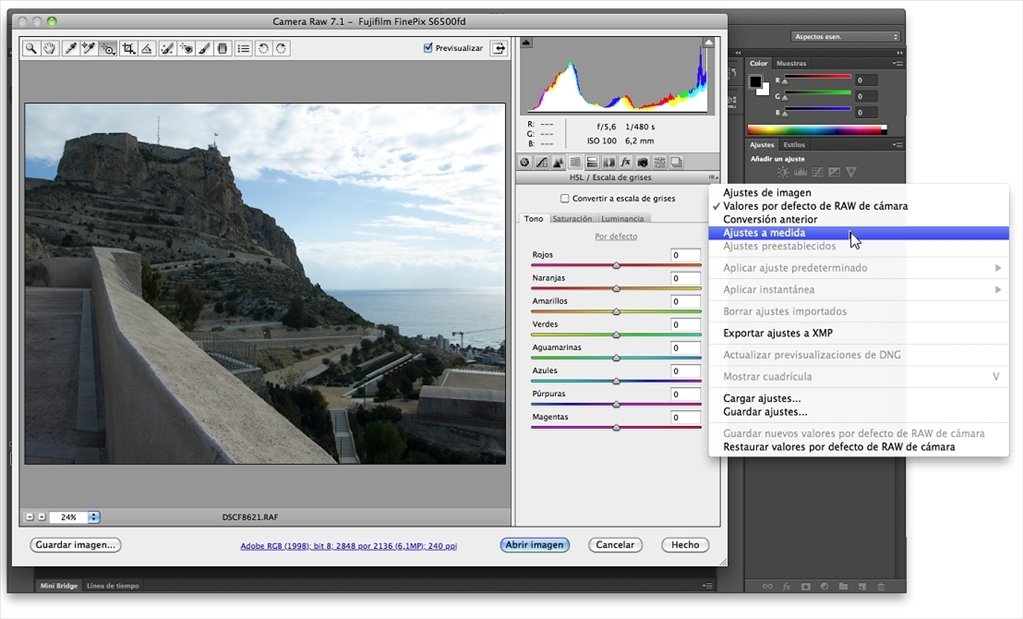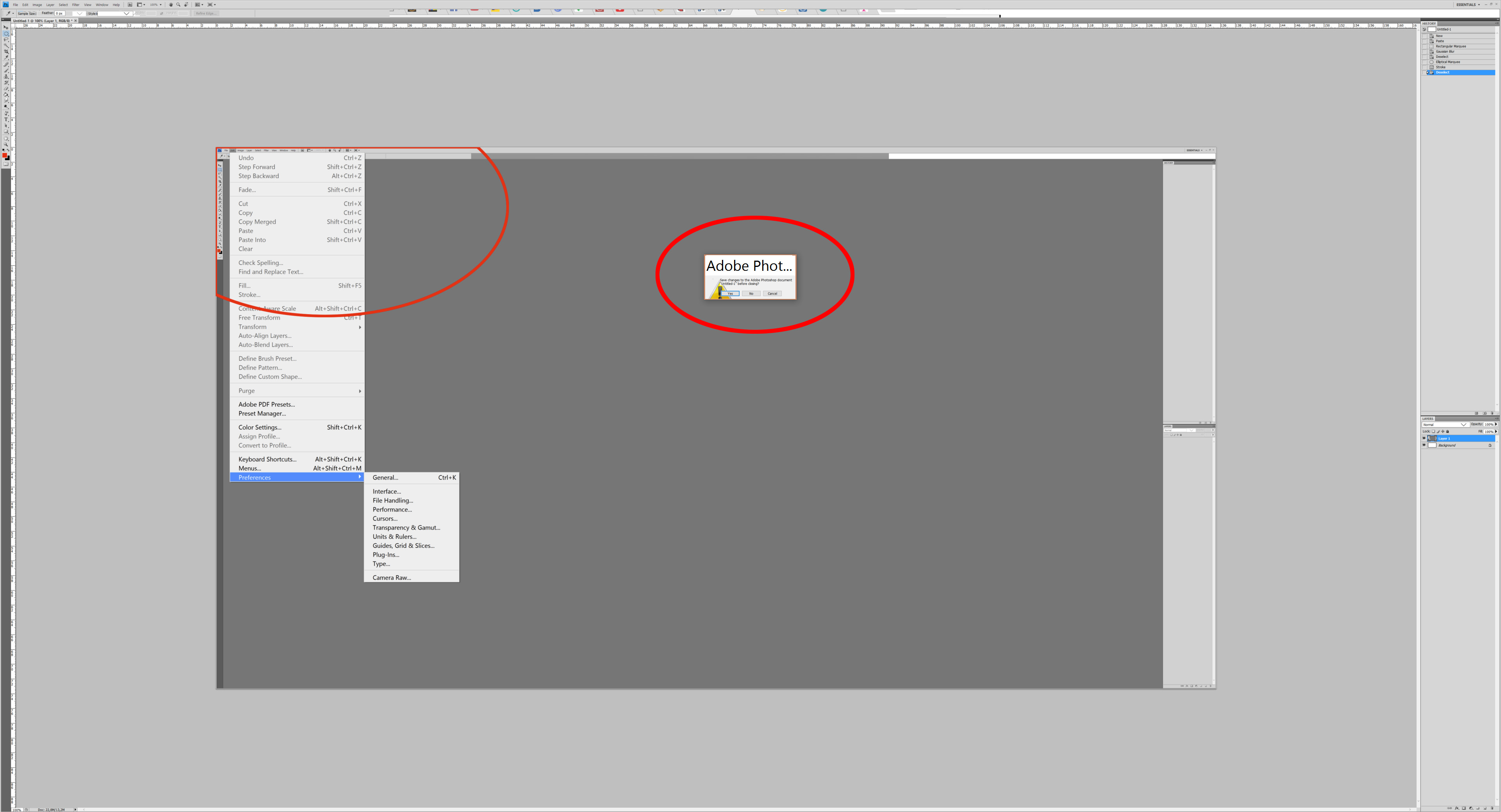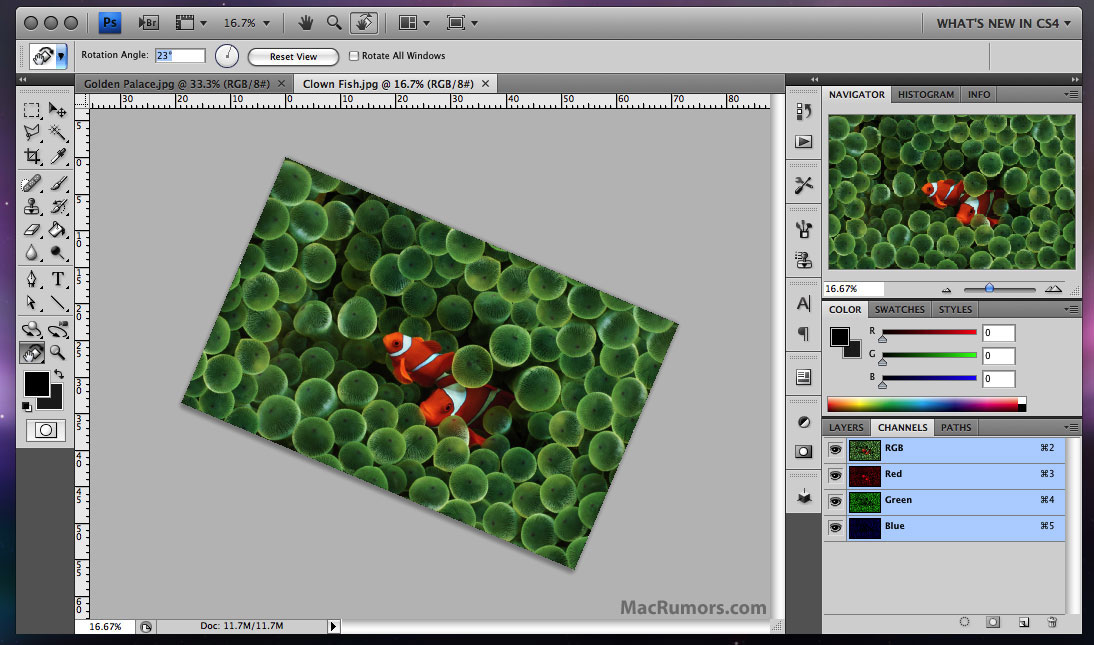
Instead of making a selection, you can apply the adjustment to a specific tonal range by clicking on the image and dragging with your mouse.

Also new are “on-image” adjustments for the Curves and Hue/Saturation adjustment layers. Now adjustment layers take center stage in their very own panel, which not only makes them easier to find and use but it prevents images from being obscured by dialog boxes. By pressing and holding a tool’s keyboard shortcut, you can temporarily switch to it and perform your edits, and then release the key to return to your original tool.Īdjustment layers have long been the tool of choice for nondestructive editing, though they weren’t especially easy to find, nor were their presets.

If you zoom to 501 percent or over you’ll see a pixel-grid enabling you retouch images with precision.Īnother useful addition is spring-loaded tools. A bird’s eye view Quick-Zoom lets you instantly fly out of a high zoom view by pressing H while the Zoom tool is active (very handy when you’re working on fine detail and you need to see where you are, or quickly move to another area). You can also create even more room for your images by collapsing docked panels with a single click, and moving around within your images has also been improved with smoother screen display at odd zoom levels and the ability to “toss” your pixels with the Hand tool (called Flick-Panning). The best part is that Photoshop does all the hard masking work for you, as shown here in the Layers panel. You can use the Auto-Blend Layers command to create some rather interesting “stop-motion” collages in mere seconds. Take the What’s New in CS4 workspace for a spin to highlight (literally) all the menu items new in Photoshop CS4. Workspace presets also get top billing at the top right of the bar. The Application Bar also makes other tools easier to find, like those buried deep in a menu (Rulers, Guides, and Grids are now available in the Extras menu), at the very bottom of the document window (Zoom Levels), or at the bottom of the Tools panel (Hand and Zoom tools). By using Rotate View you can spin your canvas-not the pixels-in order to work with it at an angle (tablet users have been begging for this since it debuted in Corel Painter (( ) ) a few versions back. It gives you quick access to the new Arrange Documents menu, which lets you see and work with several documents at the same time, as well as the sparkling new Rotate View tool. In this example you can see the difference between a tiled view (top) and cascade (bottom).Īt the top of the frame you’ll spot a new row of tools called the Application Bar.
#Photoshop cs4 windows 10 compatibility for mac#
The downside is that this kind of view is a radical change for Mac users, because it looks very PC-like.Ī big advantage to working in the Application Frame is the ability to see and work with several open documents at one time by using the Arrange Documents menu shown here. The upside of using the Application Frame is that all of Photoshop’s windows and panels stay together as you move things around, and resizing the frame automatically resizes your panels and windows to fit inside the frame (which is great for sequestering Photoshop to one portion of your 30-inch Cinema Display). Your Photoshop Life can now exist within a compact frame you can move around and resize (it’s on by default). Windows Vista 64-bit got it, so why not the Mac? Read on to find out why. What’s missing in this release, however, is 64-bit compatibility-the means by which Photoshop can handle files greater than 4GB in size.

Along with it comes a real 3-D engine, new Masks and Adjustments panels, selective editing in Camera Raw, and more. Also making its first, tentative steps in CS4 is a new technology called seam carving, the engine behind the new Content-Aware Scaling tool that intelligently resizes your images so your focal point remains unchanged.
#Photoshop cs4 windows 10 compatibility software#
Photoshop CS4 takes advantage of OpenGL-a hardware and software engine for drawing graphics faster and more efficiently-to render some very slick and useful screen effects like Rotate View, pixel tossing (called Flick Panning), dynamic brush resizing, and more.

There’s no shortage of new features either. As a result, a few tools have been cut (stay tuned to find out which ones). In fact, you’re liable to see several “new” tools in Photoshop CS4 that aren’t really new at all (like the Hand and Zoom tools) they’ve merely clawed their way back to the surface after being buried. Each new version has piled new tools on top of old, and important bits and pieces were getting lost in the shuffle. And while some of them, like the new Application Frame, will take some getting used to (and are optional), they’re changes that are long overdue. Adobe made some pretty serious changes in Photoshop CS4, especially in the workspace.


 0 kommentar(er)
0 kommentar(er)
